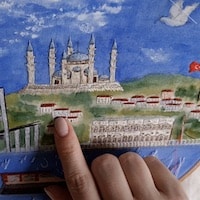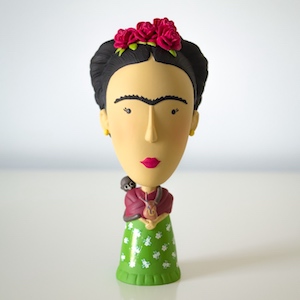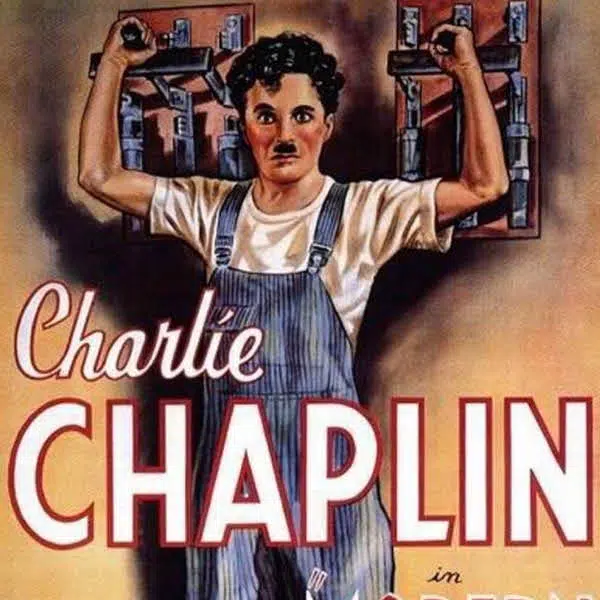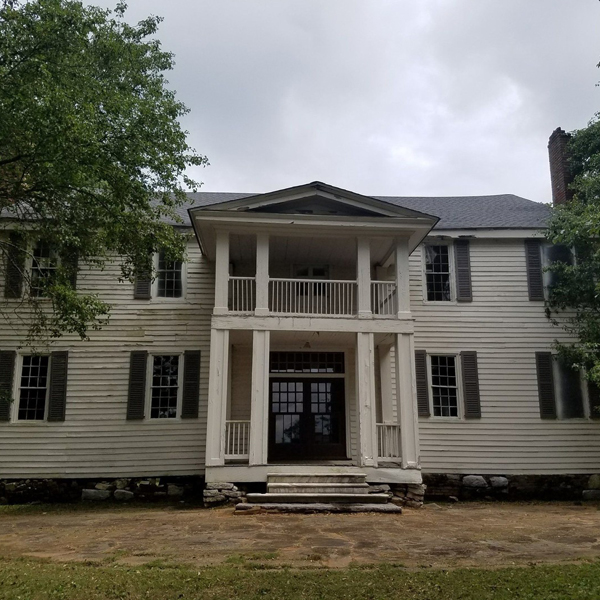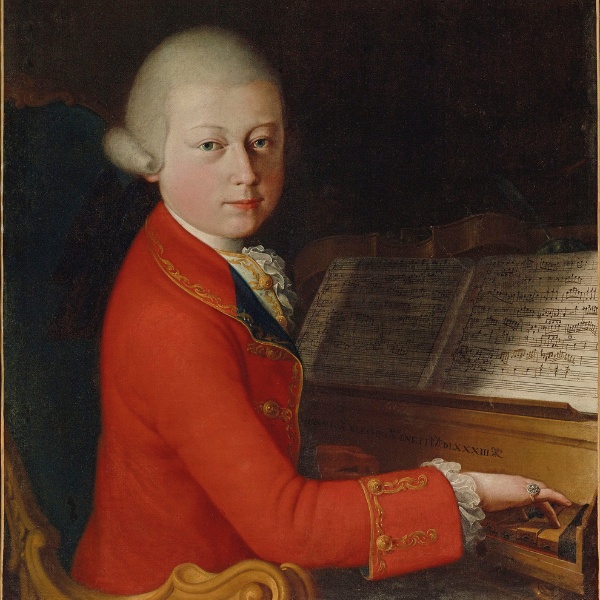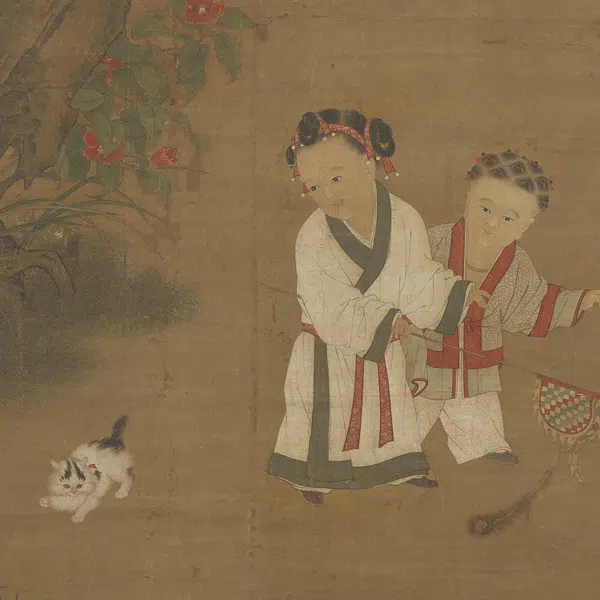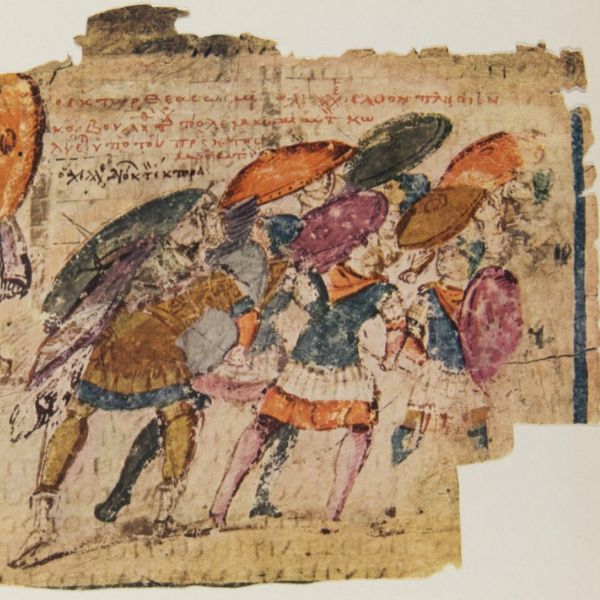By the time Sione, Stephen, Kolo, David, Luke, and Mano were rescued from the remote Tongan island of ‘Ata, the six teenagers had managed to create a community vastly different from the one in William Golding’s Lord of the Flies. They built a permanent, continuously-burning fire. They stored rainwater in hollowed-out tree stumps. They fashioned a makeshift guitar from a piece of driftwood, half a coconut shell, and six steel wires. They caught feral chickens and tended a garden. They sang to each other, prayed with one another, every day for 15 months, until they were discovered by an Australian sea captain who happened to be passing by the island in 1966.
Before becoming the Tongan castaways, the six boys were all students at St. Andrews, a strict Catholic boarding school in Nuku‘alofa, the capital and largest city of Tonga. They had grown hopelessly bored, so they hatched a plan: they would sail away to Fiji, or even New Zealand, both hundreds of miles away from their tiny Pacific island.
Preparations began, but they were meager. The boys packed only two sacks of bananas, some coconuts, and a small gas burner, and, since none of them owned a boat, they decided to “borrow” one from Taniela Uhila, a fisherman they all disliked. Once evening fell, the group piled into the boat and set off across the calm waves, a mild breeze circling above them. It was only later that night that the storm began, violently tearing apart the boat’s anchor rope, sail, and rudder.
“We drifted for eight days,” Mano told Rutger Bregman, who wrote a book about the group’s experiences. “Without food. Without water.”
Eventually, the boys landed on ‘Ata, a remote and uninhabited island about 100 miles away from Nuku‘alofa. There, they were determined to survive, exercising tremendous patience, cooperation, and resilience. When there was too little water, they satiated their thirst by drinking blood from seabirds. If there were any quarrels, they squashed them quickly or imposed time-outs. One day, when Stephen slipped and broke his leg, the other boys set the limb with sticks and leaves—and, miraculously, he recovered.
“We [were] not happy where we [were],” Mano said in a 2020 interview with the Guardian. “If you were somewhere, you didn’t know where it was, and also you did not see any part of your family, I don’t think you’d be happy to be there.”
Fifteen months passed like this, and by then, funerals had already been held for the missing boys. On September 11, 1966, however, the tide had finally shifted. Peter Warner, the Australian sea captain, noticed patches of burnt grass on ‘Ata’s cliffsides as he sailed past.
“In the tropics, it’s unusual for fires to start spontaneously,” he explained to Bregman.
Warner decided to scope it out, only to discover a boy, naked with hair down to his shoulders, swimming toward the boat. The other five boys from the group quickly followed, screaming with joy and relief. With his two-way radio, Warner called in to Nuku‘alofa, announcing he’d come across six boys. Twenty minutes later, a tearful response arrived from the other end: “You found them! These boys have been given up for dead. Funerals have been held. If it’s them, this is a miracle!”
Upon their return to Tonga, the boys were arrested: Uhila, whose boat the boys had stolen over a year earlier, had pressed charges. Luckily, Warner also had a plan. He sold the Australian rights to the group’s story and, using that money, bought Uhila a replacement boat, thus securing the release of the six boys. At that point, Warner also hired the boys as crew members on his new fishing boat, offering them the opportunity to experience a world beyond Tonga—which was their original mission when they set out to sea all those months prior.
Though their stories are harrowing, these Tongan castaways and their remarkable teamwork prove that Golding’s Lord of the Flies is less true to life than we might think at first.
In 1965, a group of six boys were left stranded on the remote and inhabited Tongan island of ‘Ata, and, against all odds, worked together to survive for 15 months.
The Tongan castaways, as they’ve come to be known, managed to create fire, tend to a garden, and fashion makeshift instruments before they were rescued by an Australian sea captain in 1966 and brought back home.
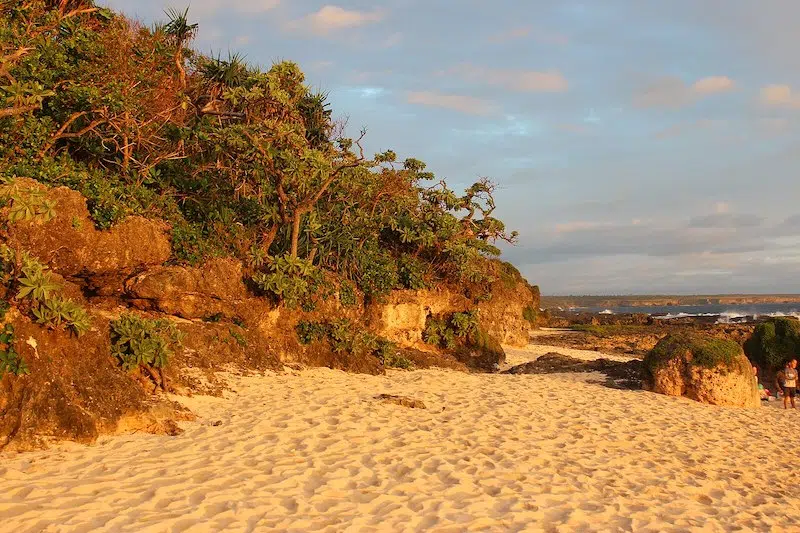
A sandy beach in southern Tongatapu. (Photo: Uhooep via Wikimedia Commons, CC 4.0)
Although the Tongan castaways effectively cooperated and survived, many have called their story a real version of William Golding’s 1954 novel The Lord of the Flies.
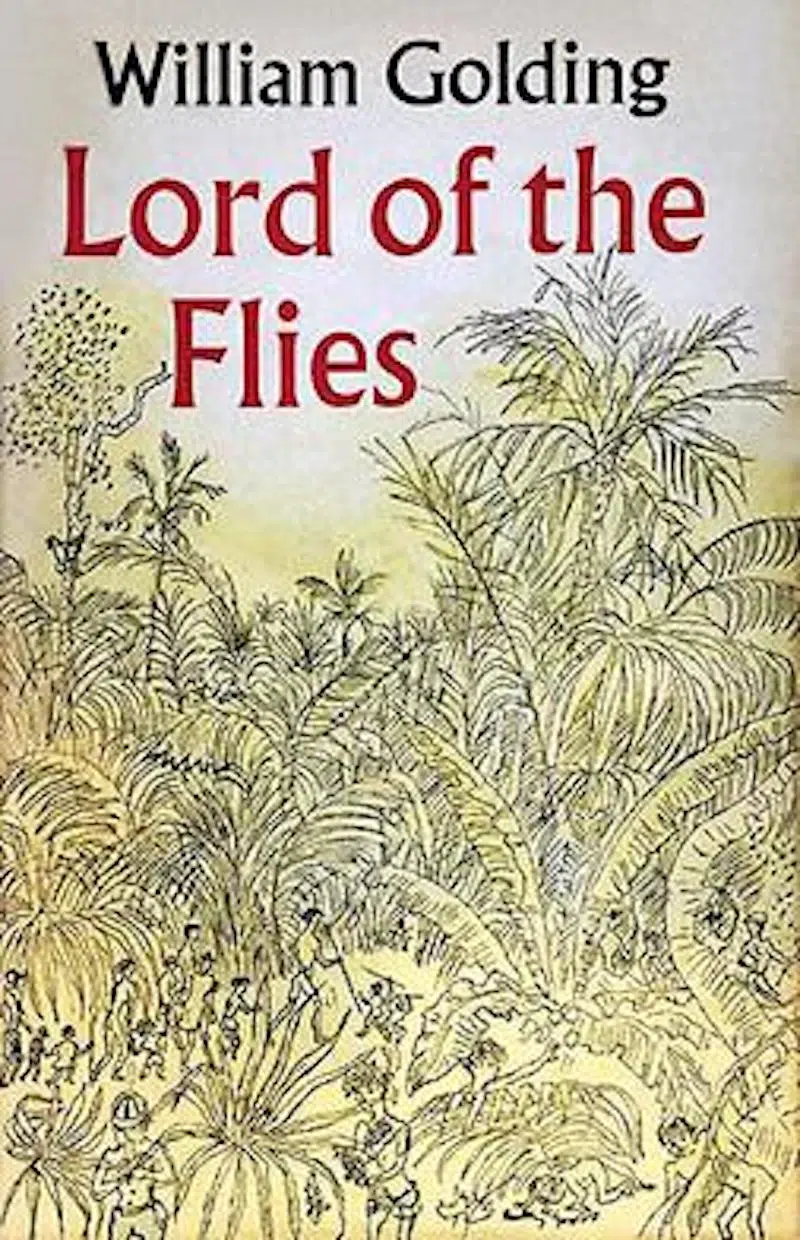
“Lord of the Flies” by William Golding (Photo via Wikimedia Commons)
Sources: The real Lord of the Flies: what happened when six boys were shipwrecked for 15 months; The ‘real Lord of the Flies': a survivor's story of shipwreck and salvation
Related Articles:
Interview: Jonathan Franklin’s Extraordinary Survival Tale of a Castaway Lost at Sea for 438 Days
How the “Igloo Effect” Helped a Swedish Man Survive Two Months Trapped in a Frigid Snowed-in Car
Four Children Used Their Indigenous Knowledge to Survive 40 Days in the Amazon














































